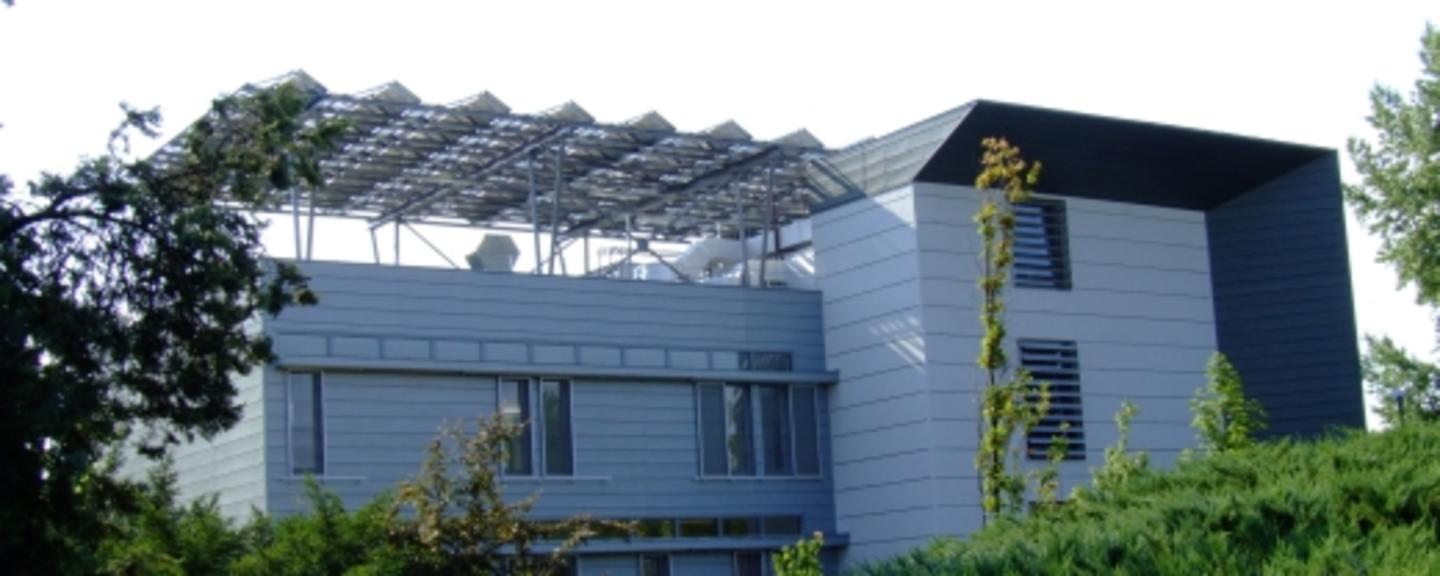Located in Szentendre, on the outskirts of Budapest, the Regional Environment Center of Central and Eastern Europe (REC), is an international, organisation aiming to address environmental problems in Central and Eastern Europe and beyond. Throughout its 19 years of existence, REC has implemented several thousand projects, making it a central proponent of sustainable energy use and environmental protection.
Originally, the conference facilities were located in an old metal and glass building, and its substantial energy use led to greenhouse gas emissions of up to 47 tonnes of CO2 every year. A joint initiative by the Italian government and the governments of Liechtenstein, Iceland and Norway has now allowed for a complete renovation. The original centre was retrofitted, making it an insulated and energy efficient building.
The new centre was officially opened in June 2008, and the centre is today working to reach its ambitious target of zero annual average CO2 emissions. This goal will be made possible through the simultaneous use of specific design techniques, automated systems and renewable sources of energy. The centre's energy need is now fully met by 140 photovoltaic solar panels, with a combined nominal output of 29 kW, making it the largest sun-fed power capacity in Hungary. New heat pumps take advantage of the relatively stable temperature found below the ground, converting this into useable energy through a pipe system installed in the ground under the centre.
"In order to reach our goal of being a zero emission building, we have also had to change our attitude," said project manager Zsolt Bauer at the REC. "The temperature is lower here than in the average office building, so we have to tell visitors to wear extra clothes during winter," he added. Visitors to the centre will also have a hard time finding traditional light switches. Modern occupancy sensors ensure lights are only switched on when people enter a room. In addition, a light sensor measures the amount of natural light to make sure light output is adjusted to maintain the desired level of illumination.
Apart from hosting meetings and conferences, the centre functions as a demonstration and information centre. Architects and engineers visit the centre to learn about the possibilities of environmentally friendly technologies. Businesses are also looking to REC to learn more about how their office centres can take advantage of sustainable and renewable material.
